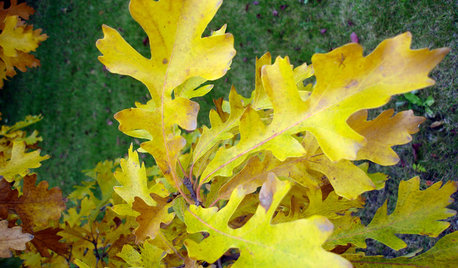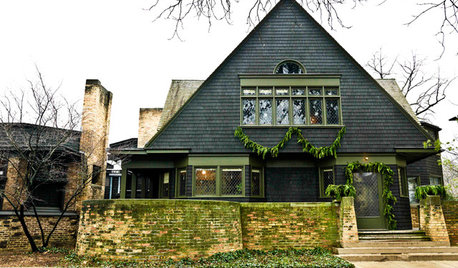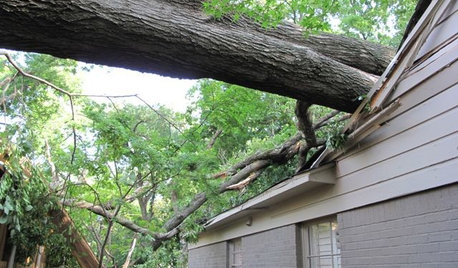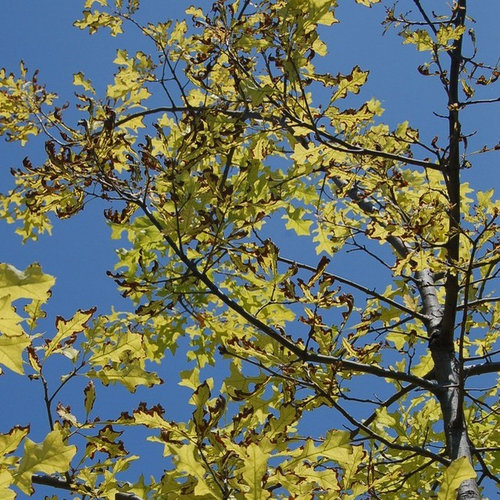Shumard Red Oak stressed
socrmom
9 years ago
Related Stories

KITCHEN DESIGNStress Less With Distressed Cabinets
Stop worrying over every little nick and chip. Intentionally aged cabinets give the kitchen or laundry room a relaxed, timeworn look
Full Story
GARDENING GUIDESCelebrate Eastern Oaks for Wildlife, Longevity and Seasonal Interest
There might not be a more important tree to have in your eastern U.S. landscape — if you can fit one in
Full Story
MOST POPULARExperience the Holidays at Frank Lloyd Wright's Home and Studio
Handmade decorations, greenery and gifts show how the famed architect and his family celebrated Christmas in their Oak Park home
Full Story
COLORSet the Mood: 5 Colors for a Calming Bedroom
Stressed? Can't sleep? Consider one of these cool, soothing hues for your walls
Full Story
DECORATING GUIDESShop Your Garden for Easy Holiday Decorations
Make your home merry and bright without all the stress and fuss — everything you need is in your own backyard
Full Story
COLOR4 Hot Color Trends to Consider for 2013
Bring some zing to your rooms for the new year, with high-energy shades that open the eyes and awaken the spirit
Full Story
HOUZZ TOURSMy Houzz: Twister Damage Sparks a Whole Ranch Remodel
A Dallas couple transforms their traditional rambler into a bright, family-centered haven after a tornado
Full Story
ORANGE7 Spicy Hot Color Palettes to Fire Up a Living Room
Hues on the fiery end of the spectrum can add spark and intensity to living room walls, furniture and accent pieces
Full Story
GARDENING GUIDES13 Japanese Maples for Shade
A surprising variety of these understory trees is waiting to make a statement in your shade garden
Full Story
KITCHEN DESIGNHouzz Call: Tell Us About Your First Kitchen
Great or godforsaken? Ragtag or refined? We want to hear about your younger self’s cooking space
Full StoryMore Discussions







texan86
phoenix7801
Related Professionals
Prairie Ridge Landscape Architects & Landscape Designers · Roxbury Crossing Landscape Architects & Landscape Designers · Battle Ground Landscape Contractors · Biloxi Landscape Contractors · Lakeville Landscape Contractors · Palatine Landscape Contractors · River Ridge Landscape Contractors · Tamarac Landscape Contractors · Lauderdale Lakes Landscape Contractors · Raytown Landscape Contractors · Wichita Window Contractors · Enumclaw Window Contractors · Fort Washington Window Contractors · Glen Burnie Window Contractors · Sugarland Run Window ContractorsPerylene
bostedo: 8a tx-bp-dfw
bostedo: 8a tx-bp-dfw
winterfell
paradisecircus
mrs.wiggley
bjb817